Art and history enthusiasts will find Arles in Southern France a must-visit destination. Our recent exploration of this magnificent city was part of a Viking River cruise on the Heimdal River Cruiser. Arles, a blend of monumental Roman architecture and the enduring influence of Van Gogh through his numerous paintings, offers a compelling draw to this extraordinary city.
Originally settled by Greek colonists, Arles flourished under Roman rule. In 43 BC, the city chose to support Julius Caesar over Pompey. Consequently, when Caesar ascended to Emperor, Arles received splendid rewards, including an impressive amphitheater, a circus, baths, and a forum.
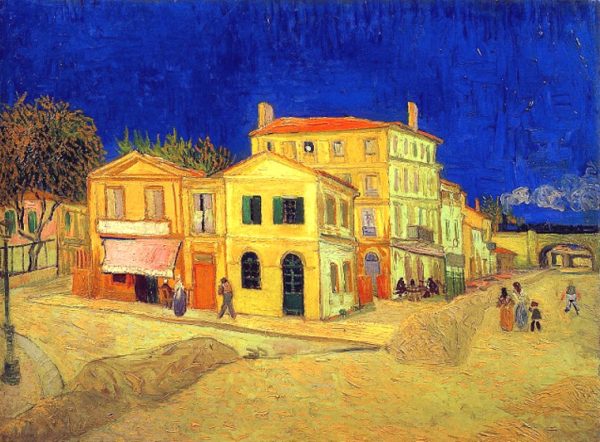
In February 1888, Vincent Van Gogh arrived in Arles, having developed his groundbreaking post-impressionism style in Paris. This style was characterized by bold impasto strokes and vivid, saturated colors. His stay in Arles, exceeding fourteen months, was prolific, resulting in many paintings now considered late 19th-century masterpieces and displayed in global museums and collections.
Over time, impressionist artists sought to capture the fleeting effects of light, color, and atmosphere, often painting outdoor scenes and everyday life with quick, visible brushstrokes. They focused on conveying the impression of a moment, particularly in terms of the shifting light and color, rather than providing a detailed, realistic depiction.
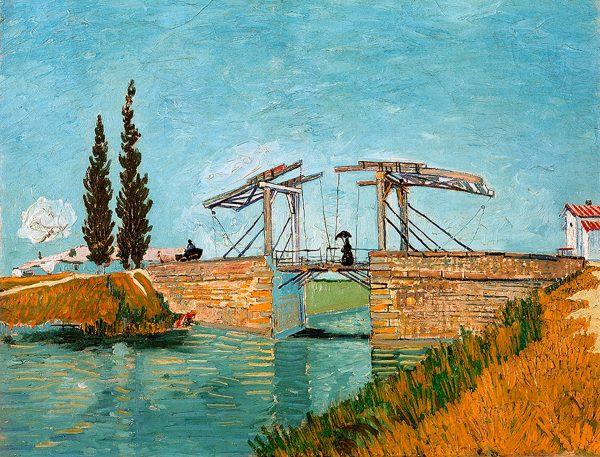
This approach marked a departure from the traditional rules of academic painting, emphasizing accuracy and detailed finish. Notable impressionist painters include Claude Monet, Pierre-Auguste Renoir, and Edgar Degas. Their work is distinguished by a vibrant use of color, lighter palette, and emphasis on capturing the essence of a subject rather than its detailed form.
Success
You are now signed up for our newsletter
Success
Check your email to complete sign up
Van Gogh’s relocation to Arles, his first time in the South, was inspired by the region’s warm, bright light and its impact on colors. This influence is evident in his works, with the color yellow prominently featured. “Le Pont de Langlois à Arles, avec dame au parapluie” is a prime example; we saw the bridge he depicted, which, unlike his painting, lacked the vivid yellow hues in reality.
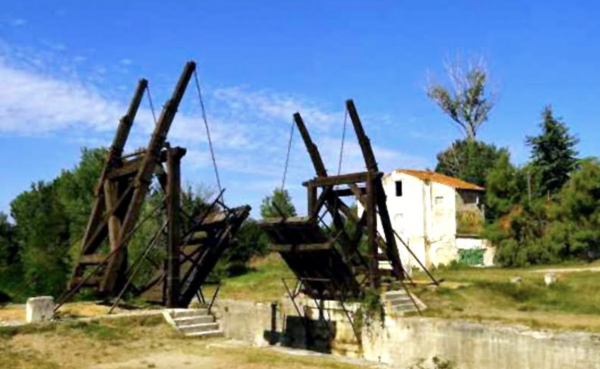
Arles has retained its luminous quality over the years since Van Gogh’s era. The artist revered the Provençal sun and the golden light it cast, enabling him to infuse his paintings with strong, vibrant colors.
His night paintings, such as “Starry Night Over the Rhône”, highlight his focus on capturing the colors of the night sky and the warm glow of Europe’s then-new electric lighting. These night scenes, initiated in Arles, were created with an ambition to avoid the use of black, a fact Van Gogh shared in his letters to his brother.
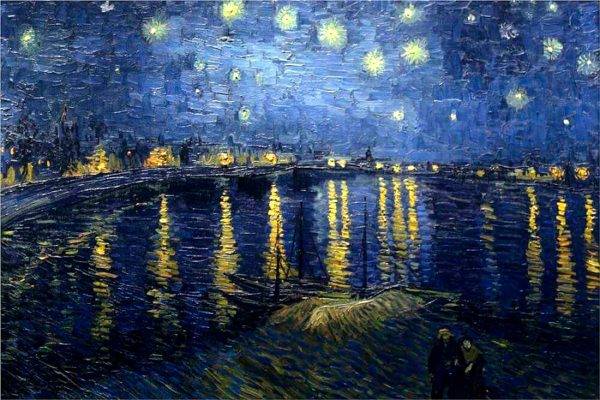
One of his notable works, “Café Terrace at Night,” although unsigned, is confidently attributed to Van Gogh through references in his correspondence.
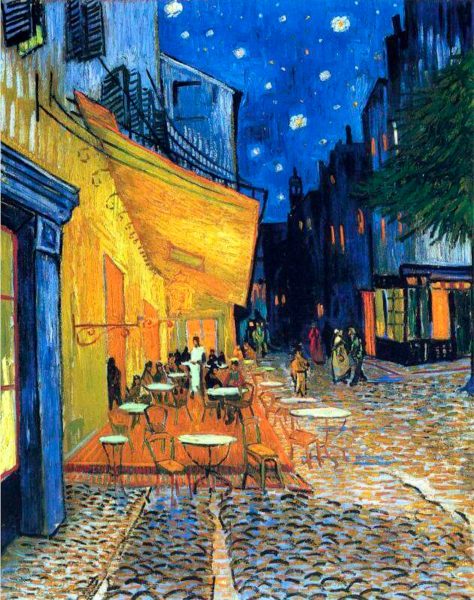
Today, the Café la Nuit in Arles mirrors the yellow hue from this painting. Van Gogh’s time in Arles also included several renditions of his bedroom in the “Yellow House.” Regrettably, the original building was destroyed in WWII, and the current structure bears no resemblance to its depiction in his art.
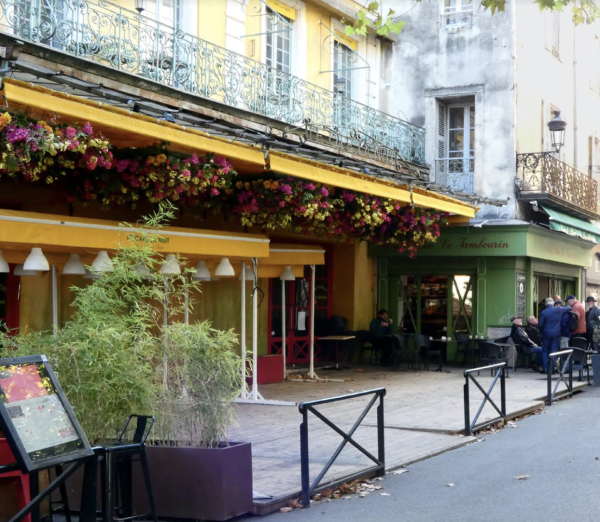
During October 1888, Paul Gauguin joined Van Gogh in Arles. Their cohabitation in the Yellow House was a period of shared experiences and artistic collaboration. It was here that Van Gogh created the first of his three “Bedroom” paintings, aiming to capture tranquility through a diverse palette, as he described in a letter to his brother Theo.
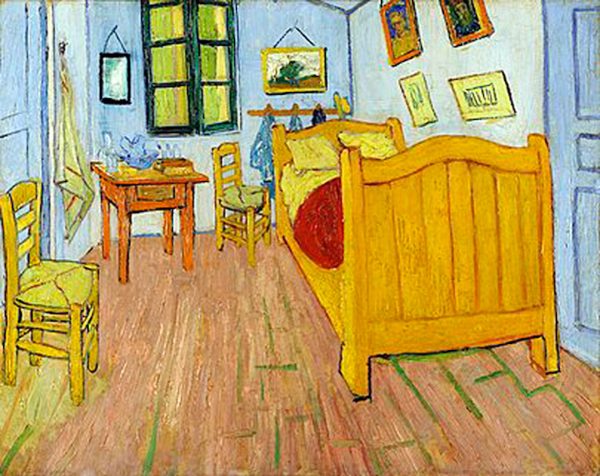
Wandering through Arles, one can strongly sense the lasting presence of this great artist, making the city a living canvas of history and art.













